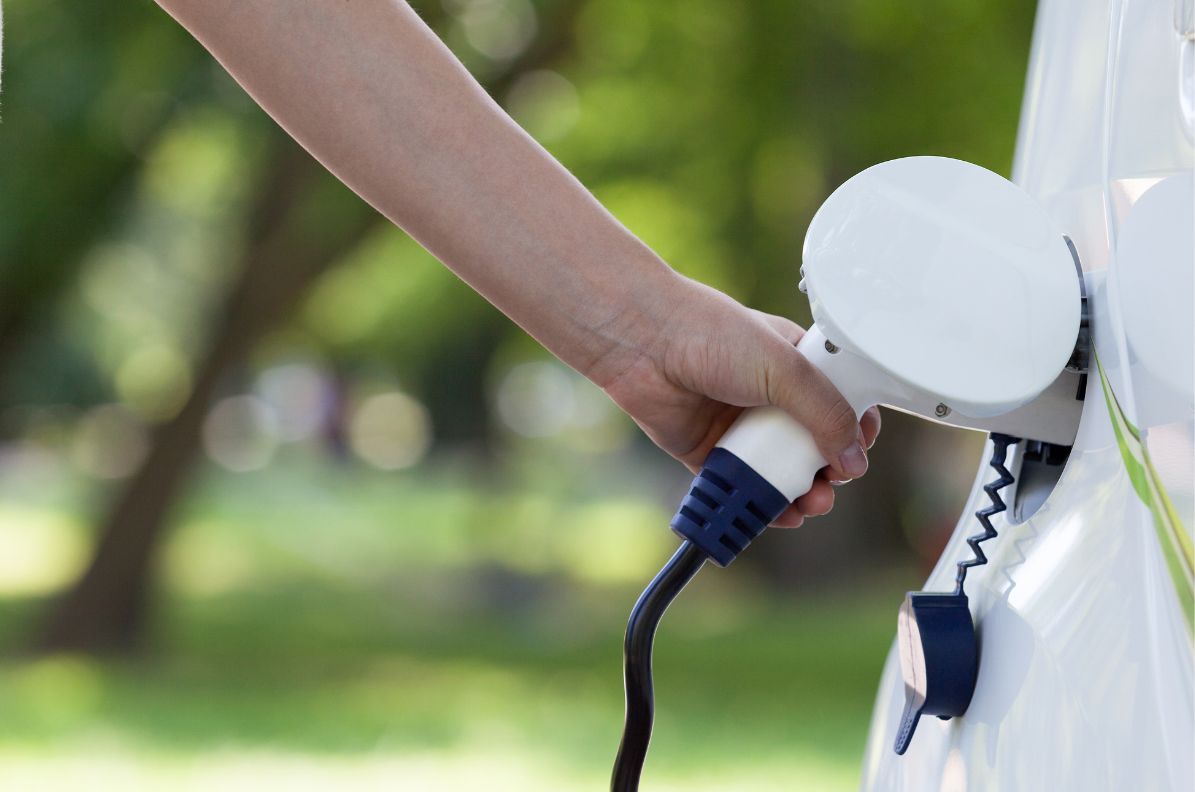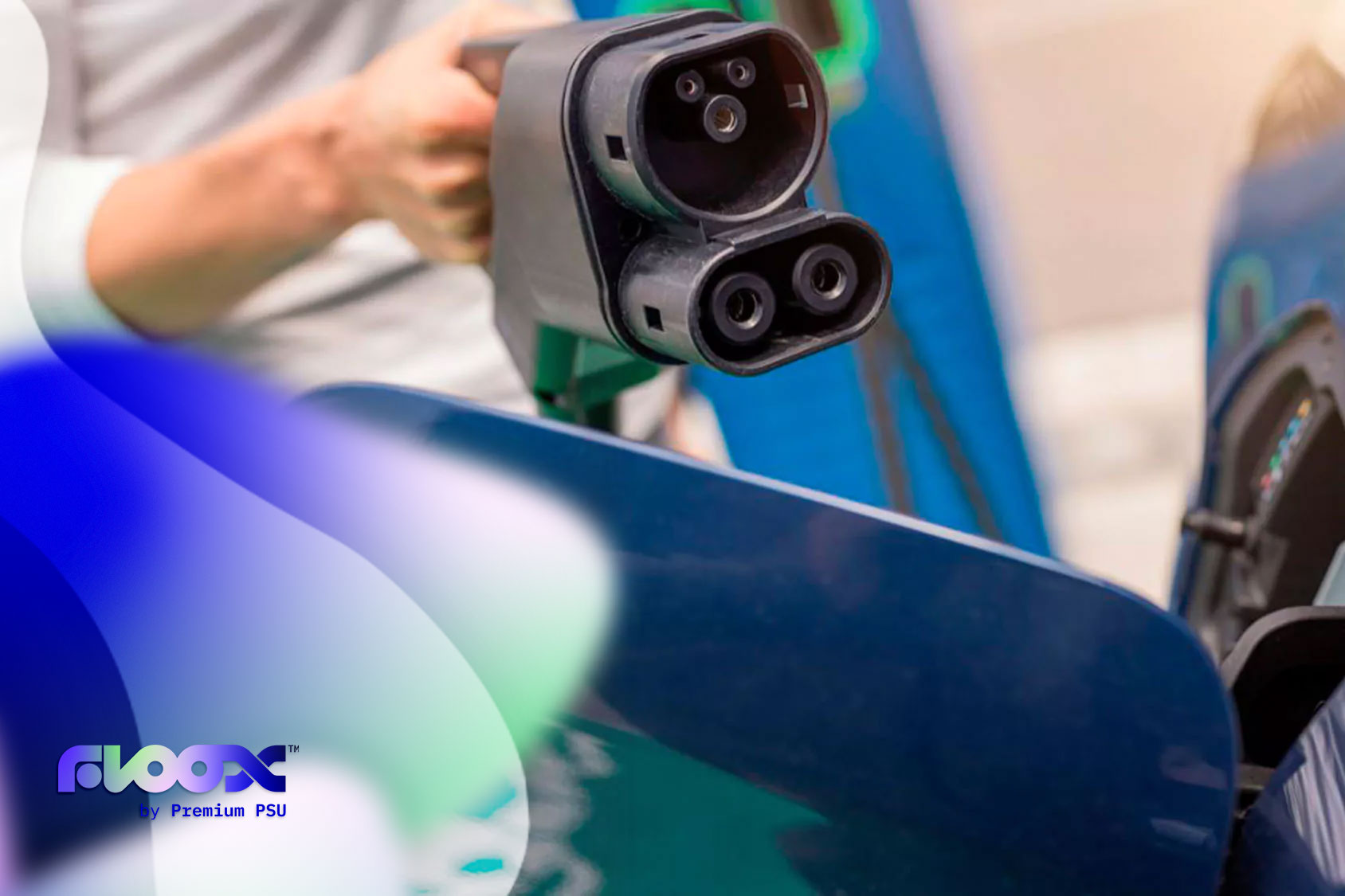For some years now, the automotive industry has been undergoing a deep transformation process. Sustainable mobility goals or sustainability awareness itself have led to the proliferation of electric vehicles. However, to get the most out of them, we need to know what types of electric car chargers exist and their functionality.
What is an EV charging station?
An electric vehicle charging station is a device that works by supplying electrical power to the vehicle’s battery to charge it. El cargador realiza un proceso de conversión de la energía eléctrica de la red para canalizarla hasta dicha batería.
In terms of use, the user simply removes the hose from the charging station and plugs the connector into the vehicle. It should be noted that, in addition to different types of charging stations, there are also various types of connectors for electric vehicles.
What factors determine the type of electric vehicle charging?
Before moving on to the main types of electric vehicle charging stations, it is necessary to understand some differences. In this sense, although it is not the only factor, one of the issues that most concerns users has to do with charging time, and this is related to the power of the electric car charging station. The charging power is the energy that the charging station can transfer to the battery.
Another key aspect in the choice of an electric vehicle charging station is compatibility. At Floox we are committed to the versatility of the CCS2 system. It is a European standard fast-charging system that allows charging of all electric vehicles, as well as providing both AC and DC charging.
The needs of the location where the charging station is installed will also determine which type of charging station to choose. Throughout the text, together with the definition of each typology, we will indicate for which type of spaces they are optimal.
Main types of electric vehicle chargers: AC and DC
Currently, there are two main types of electric vehicle charging stations: alternating current (AC) chargers and direct current (DC) chargers.
One thing to note is that, today, many electric vehicle manufacturers have developed standard connectors capable of making most electric vehicles capable of accepting both types of charging. That means that they are prepared to be compatible in hoses with AC and DC connectors.
AC electric vehicle charging stations
The AC charger collects electricity from the grid and sends it directly to the car, with the conversion from AC to DC taking place in the OBC (on-board charger), taking into account that the battery works with DC. Therefore, it can be said that the main function of the AC charging station is to deliver the power that the OBC stipulates and, at the same time, to provide the necessary protection to avoid problems or incidents both in the vehicle and on the grid.
AC chargers are ideal for installation in private homes, as they are cheaper and take several hours to fully charge the vehicle.
Direct current (DC) electric vehicle chargers
DC chargers are true chargers, as they take the AC current and convert it into DC current and then inject it directly into the battery (skipping the OBC step), thus shortening charging times. By performing the electrical conversion process on the charging station itself, charging is much faster.
It is a perfect system for spaces where people are passing through, because DC charging stations have a higher charging power and lower charging times. Therefore, it is the type of charging station to choose if you want to install an electric vehicle charger in a business or public place.

DC chargers: fast, super-fast and ultra-fast charging stations
Now that we have seen how direct current (DC) electric vehicle chargers work and how they differ from alternating current (AC) chargers, we would like to talk to you about the sub-types of chargers that can be found within DC chargers.
These are classified according to the power they are capable of delivering. Thus, the following options can be found:
Fast-charging electric vehicle charging stations
Fast-charging stations are known as fast-charging chargers if they outperform the first existing slow-charging models. They are also the first to operate with direct current and are capable of delivering up to 50 kW of power.
The model we offer in this category from Floox is the Powerfloox. Presenta un sistema de carga rápida que puede funcionar con los conectores CHAdeMO y CCS2. Other advantages of this device are its easy installation and small size. It is also possible to mount it on a trolley on wheels.
It is ideal for businesses and locations such as shopping centres, restaurants or gyms. This is because it takes utilities about an hour to an hour and a half to successfully charge their vehicle.
Super-fast charging stations for electric vehicles
For those looking for more power, super-fast charging reaches up to 60 kW. What does this mean? It means that a recharge of up to 80% can be achieved in just 45 minutes.
The Superfloox model that we offer at Floox has these features. In addition, another of its functionalities is that it has the capacity to simultaneously charge two vehicles (two of them with 60kW of balancing power, between the two supplies and an optional third hose, of alternating current, which reaches 22 kW).
This type of charger is ideal for businesses where users need to have their vehicle charged in less than an hour and/or need to charge several vehicles simultaneously. For example, car parks or car parks, petrol stations, PoR operators, vehicle dealerships and those companies that own a transport fleet.
Ultra-fast charging electric vehicle chargers
Finally, there is the ultra-fast charging power. These are the most powerful charging stations in terms of speed and charging times. They are undoubtedly a key strategic technology for many businesses going forward.
Our Ultrafloox model offers ultra-fast charging, allowing up to 80% of a vehicle’s battery to be charged in just 15 minutes. In addition, it also allows simultaneous charging of two vehicles and different power ratings can be modulated in the same cabinet (from 90, 120, 150 up to 180 kW of direct current).
Ultra-fast charging is ideal for petrol stations, heavy haulage fleets and PoR operators, as is super-fast charging. It is intended for businesses that need users to charge their vehicle in the shortest possible time, for higher turnover and power delivery for large vehicles.
We have previously seen the different types of electric vehicle chargers, their features and the benefits they offer. If you have any questions regarding the models available at Floox and the advantages they can bring to your business, you can contact us for more information.





